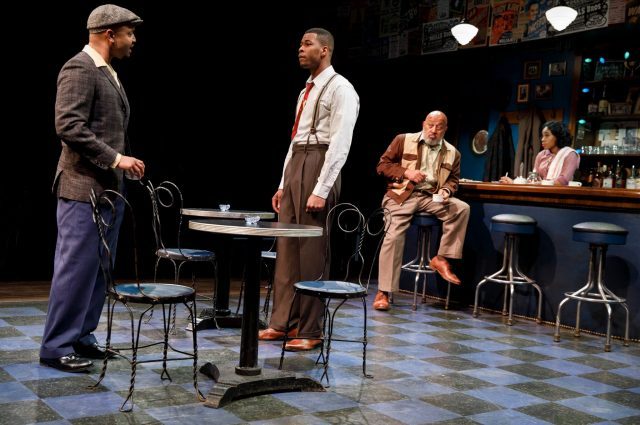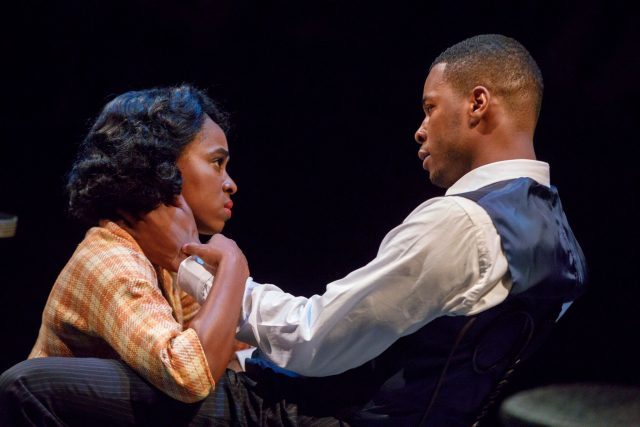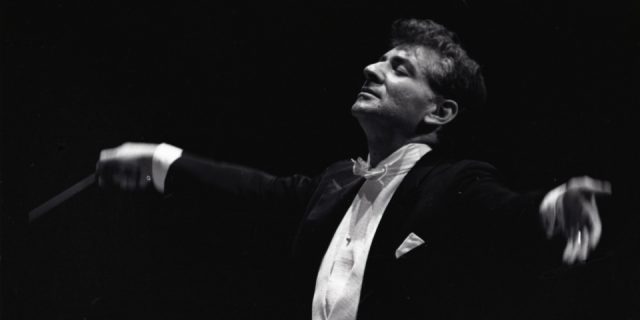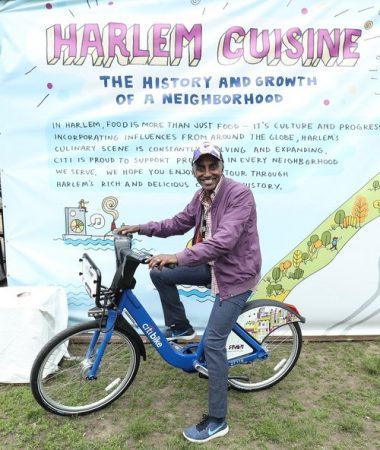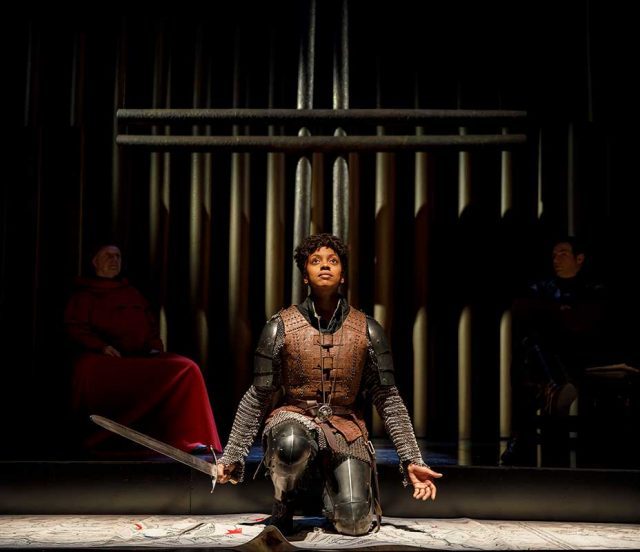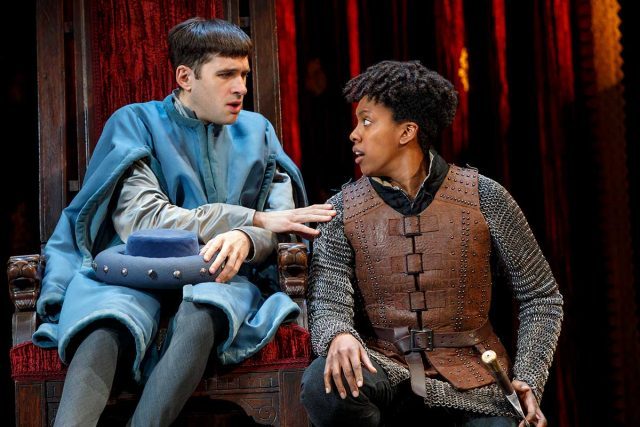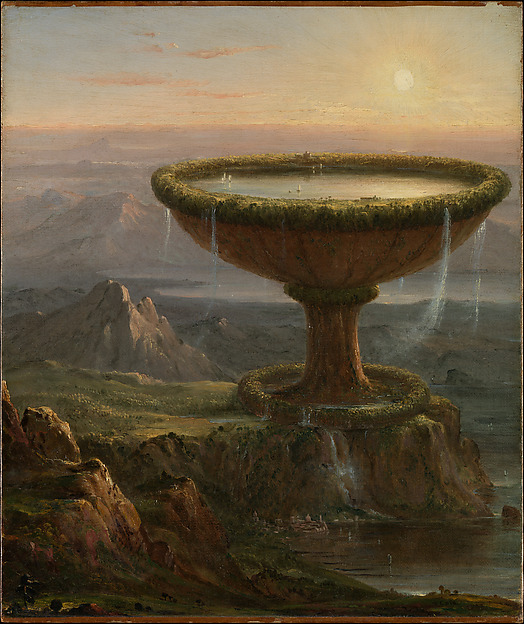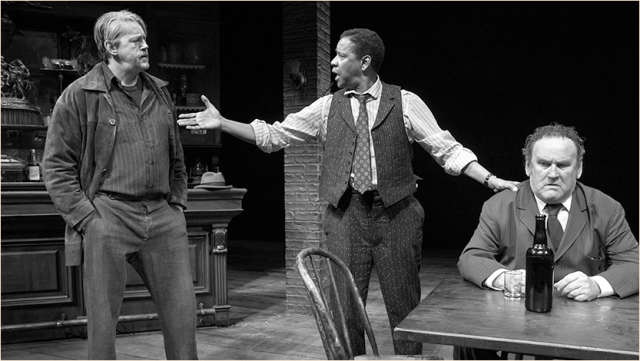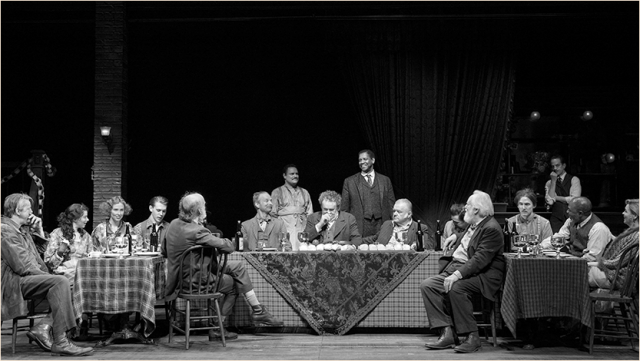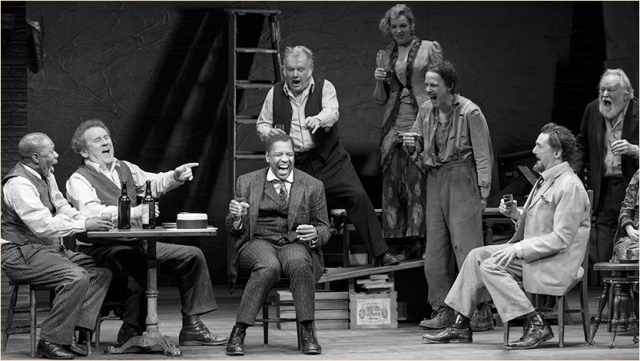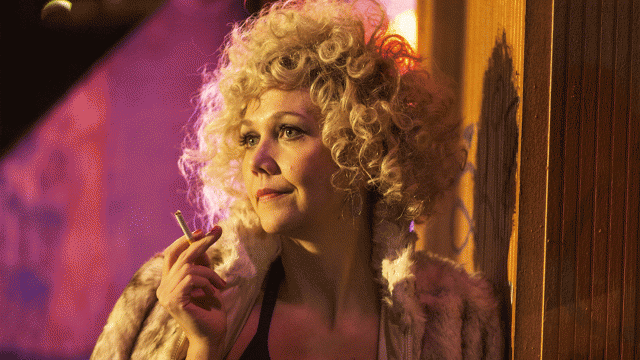
Maggie Gyllenhaal will be at the Vulture Festival to discuss The Deuce and four other projects
A POP CULTURE EXTRAVAGANZA
Milk Studios (and other venues)
450 West Fifteenth St. between Ninth & Tenth Aves.
Saturday, May 18, and Sunday, May 19, free – $160
vulturefestival.com/ny
New York magazine’s fifth annual Vulture Festival takes place this weekend at Milk Studios and other locations, celebrating pop culture. Below are only some of the nearly three dozen events that encompass film, music, comedy, art, podcasts, books, and more; all tickets include complimentary access to the Vulture Lounge following the event. Among the other participants are Julianna Margulies, Rachel Bloom, Adam Pally, Sutton Foster, Hilary Duff, Debi Mazar, Darren Star, Wendy Williams, Johnny Knoxville, Cameron Esposito, Marti Noxon, Rachael Ray, Adam Platt, Michelle Yeoh, Jonathan Groff, Liev Schreiber, David Edelstein, Bo Burnham, and Wyatt Cenac.
Saturday, May 19
John Leguizamo: In Conversation, moderated by Matt Zoller Seitz, followed by a book signing, Milk Studios — Penthouse, $30, 11:30 am
One Book, One New York, One Event: Jennifer Egan in conversation with Adam Moss, Milk Studios — Studio 1, free with advance registration, 2:30
Maggie Gyllenhaal in Five Acts, conversation focusing on five of her projects, Milk Studios — Penthouse, $30, 4:00
Roxane Gay and Amber Tamblyn Present Feminist AF, with special guests Jennine Capó Crucet, Sharon Olds, and Morgan Parker, Milk Studios — Studio 1, $30, 6:45
Tracy Morgan in Hilarious Conversation, moderated by Matt Zoller Seitz, Milk Studios — AT&T Studio, $30, 8:00
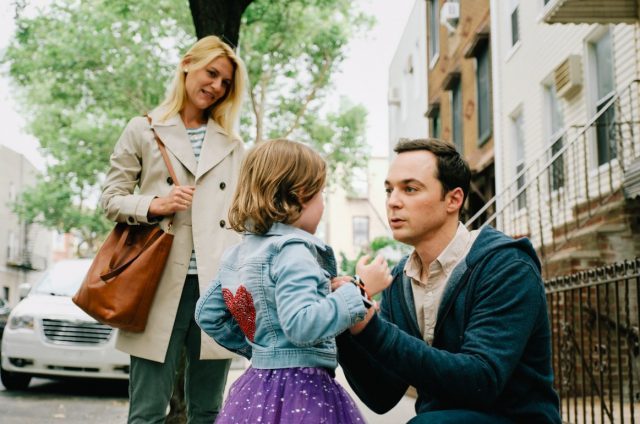
Claire Danes and Jim Parsons will be at Milk Studios on May 20 to discuss their new film, A Kid Like Jake
Sunday, May 20
Jerry Saltz’s Masterly Tour of the Met Breuer, tour of the Met exhibit “Like Life” led by Jerry Saltz, Met Breuer, $150, 9:00 am
Boozy Brunch with Your Best Friends Gillian Jacobs, Vanessa Bayer, and Phoebe Robinson, conversation with stars of new Netflix film Ibiza, moderated by Michelle Buteau, Milk Studios — Studio 4, $30, 12 noon
Claire Danes and Jim Parsons’s A Kid Like Jake, discussion of new movie with actors Claire Danes and Jim Parsons, director Silas Howard, and writer Daniel Pearle, Milk Studios — Studio 1, $30, 2:15
In Conversation with Samantha Bee, the Full Frontal Team, and Rebecca Traister: discussion with Samantha Bee, Melinda Taub, Ashley Nicole Black, Allana Harkin, Mike Rubens, and Amy Hoggart, moderated by Rebecca Traister, Milk Studios — AT&T Studio, $40, 5:45
Ava DuVernay and the Cast of Queen Sugar, with Ava DuVernay, Rutina Wesley, Dawn-Lyen Gardner, and Kofi Siriboe, Milk Studios — Studio 4, $30, 6:45
